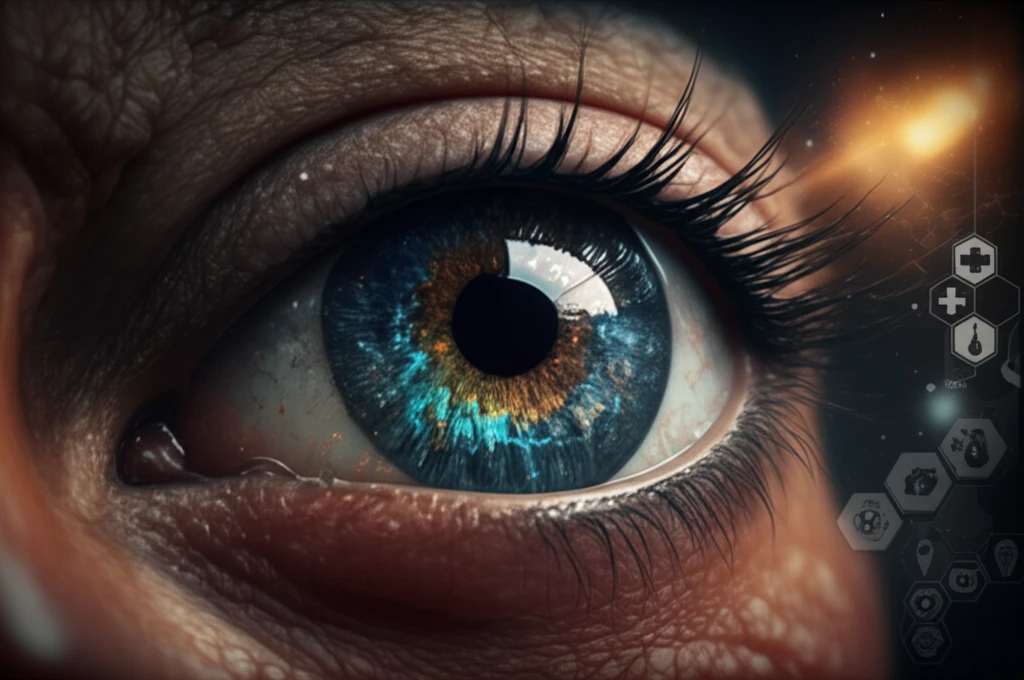
Eye Pressure & Thyroid Disease: What You Need to Know
"Exploring the Link Between Steroid Injections, Thyroid Eye Disease, and Intraocular Pressure"
Thyroid Eye Disease (TED), also known as Graves' ophthalmopathy, brings a range of challenges, not just to thyroid function, but also to eye health. Swelling around the eyes and even double vision can significantly affect quality of life. While corticosteroids are a primary treatment, concerns about side effects, like increased intraocular pressure (IOP), often arise.
Increased IOP, or ocular hypertension, is a major risk factor for glaucoma, a condition that damages the optic nerve and can lead to vision loss. Steroid-induced glaucoma is a known possibility, making it essential for both doctors and patients to carefully monitor IOP during TED treatment. This is where the use of intraorbital steroid injections comes into play as a localized treatment option aimed at minimizing systemic side effects.
A recent study published in the 'Journal of Thyroid Disorders & Therapy' investigated the effects of intraorbital steroid injections on IOP in patients with TED. By examining the records of individuals treated with these injections, the researchers sought to determine whether this method significantly impacts IOP. Let's explore the study's findings and what they mean for managing TED.
Does Orbital Steroid Injection Influence Eye Pressure?

The study, led by Vladimir S. Yakopson and colleagues at the Wills Eye Institute, reviewed the clinical records of 56 patients with active TED who underwent orbital steroid injections. The goal was to analyze changes in IOP following these injections. The study included 51 females and 5 males, with an average age of 50 years. These patients received an average of 3.5 injections each, using a combination of dexamethasone with either betamethasone, methylprednisolone, or triamcinolone.
- No Significant IOP Increase: The study found no statistically significant increase in IOP following orbital steroid injections. In fact, the mean IOP tended to be slightly lower after the injections.
- Short-Term vs. Long-Term Effects: There was no significant difference between pre- and post-injection IOP (short-term effect) or between the first and last recorded IOP (long-term effect).
- Subjective Improvements: Many patients reported improvements in swelling. Specifically, swelling was reduced in 63% of cases. Diplopia improved in 76% of patients who reported this symptom.
What Does This Mean for TED Treatment?
While the study offers reassuring evidence, it is essential to remember that every patient is unique, and potential risks should always be carefully weighed against potential benefits. Regular monitoring of IOP remains a crucial part of managing TED, especially when using steroid treatments. If you're considering orbital steroid injections, discuss the potential risks and benefits with your ophthalmologist or endocrinologist to determine the best course of action for your specific situation. This study adds valuable information to the ongoing discussion about effective and safe TED management, reinforcing the need for personalized treatment approaches.
